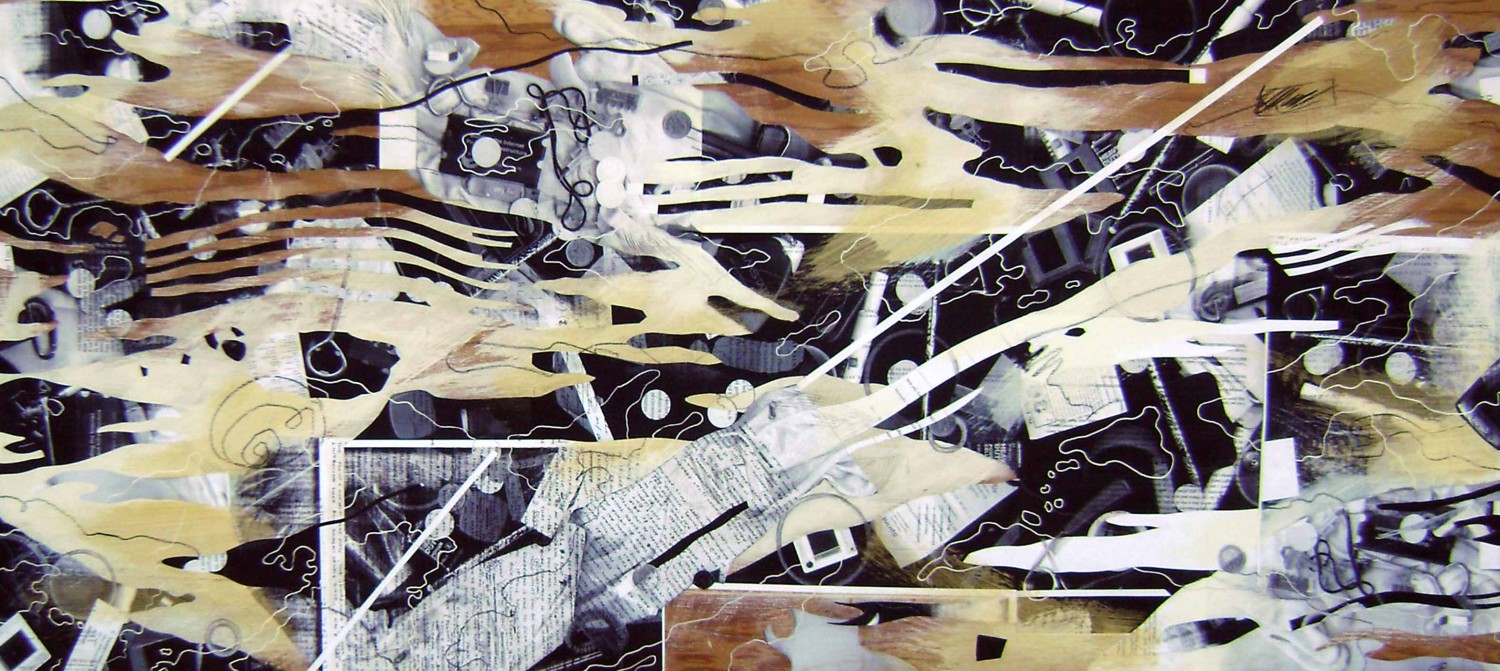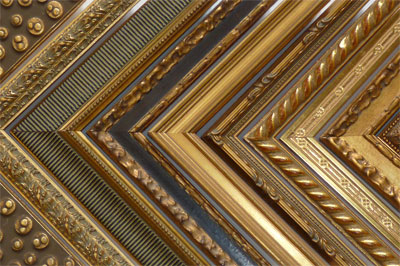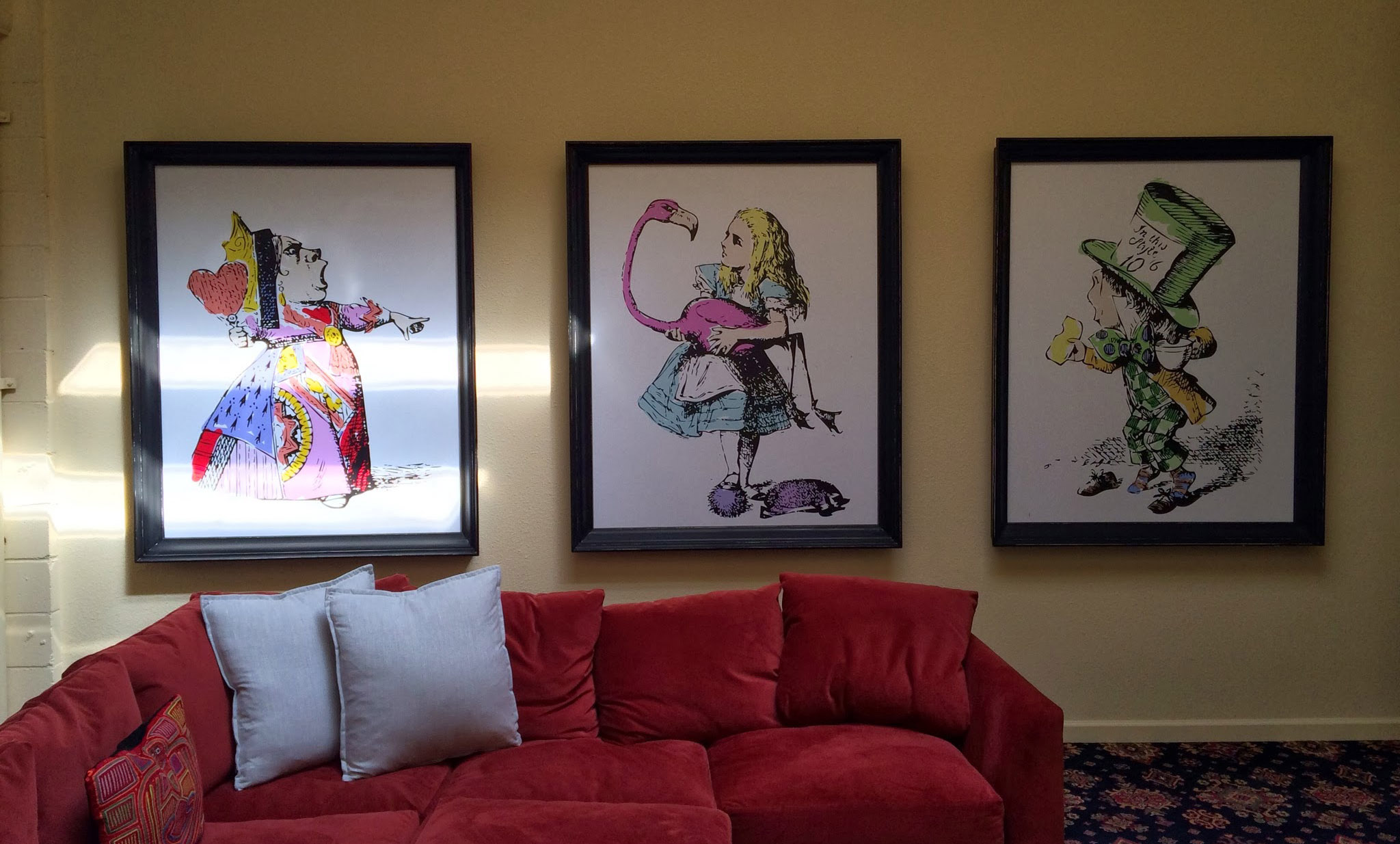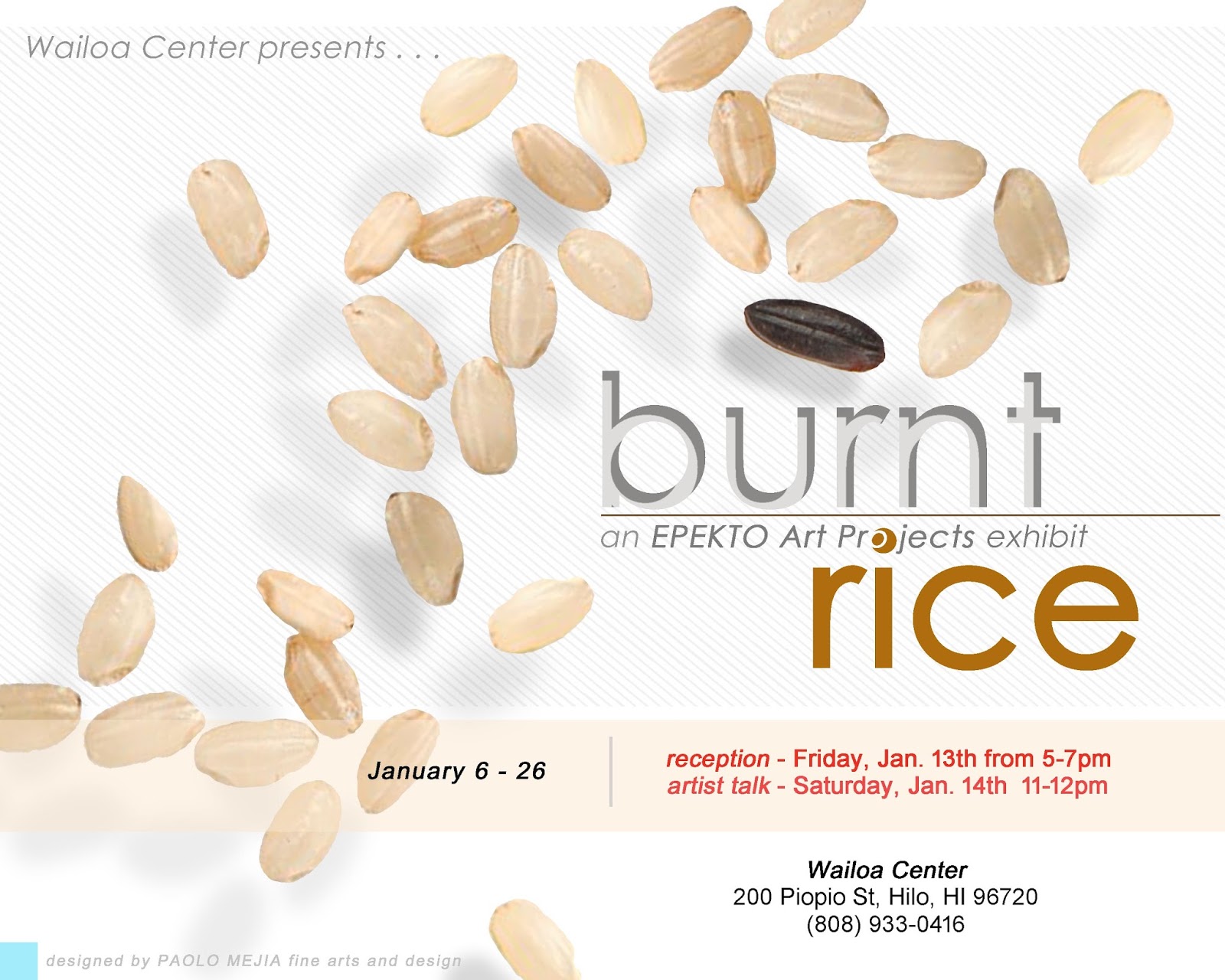Mel Vera Cruz’s artwork references a neo-pop and neo-expressionist style that evokes social commentary on today’s experiences in society. The art show is entitled “Quintessential Adobo“. The art show is about the suggestive labeling and pigeon-holing of groups and people. In this art show, Mel Vera Cruz exhibits his art and what he experienced as an immigrant.
Mel Vera Cruz was born in 1964 Manila, Philippines. He had two major migrations. His first migration was from the province of Quezon to the city of Manila, and his second migration was from Manila to the San Francisco Bay Area. These two major migrations had a profound effect on him.
As an effect of his emigration, he experienced discrimination and psychological displacement. Discrimination and psychological displacement were generally common experiences for emigrants. Mel had an ideal experience as a child because he spent it in the country where nature was his playground, but at the same time was a victim of discrimination early in life because of his provincial/rural background. However, his experiences fueled his desire to create. Mel’s attempt to exorcise his demons affected his art making process. This attempt of exorcism had a positive reaction from a negative situation. For Mel, this was the only way to take the baggage out of his system.
Just as he was beginning to adjust to the cosmopolitan life of Manila, he migrated to the Bay Area in California where he was labeled ‘fresh off the boat’ or FOB. This was another experience that displaced him further mentally and psychologically. However, Mel had one advantage on his side and that was using the esoteric power of art as a tool to confront his disadvantages. Not all his experiences were bad, and this reflects on his art making process and artworks. In Mel’s works, you can feel the spontaneity and joy in his creations. It is like a release of synergy that came from his overall vibe and experience.
Mel’s artworks illuminate in a chaotic but fun way. He has been interested in utilizing available materials or found objects because he likes to be self-sufficient, not only physically and mentally, but also spiritually. His surroundings definitely impacts his process and art making. Like a chemist, he can transform materials from his surroundings and then make them into pieces of art, because he believes it is integrated with his life and not separate or detached. Mel Vera Cruz overall believes in the freedom and independence in art making.
“You cannot reach your full creative potential when you’re subjected to protocols.“
– Mel Vera Cruz
(Below are some of his works displayed in the gallery. They are mixed media pieces on mylar.)
‘Destiny’
Mixed media on mylar
36×80 inches (approximate)
2010
‘Do You Have A Filipina?’
Mixed media on mylar
36×80 inches (approximate)
2010
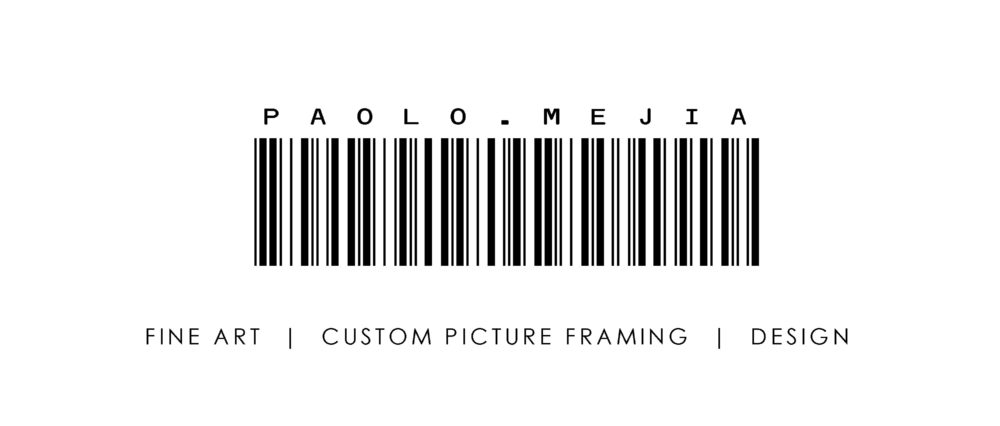




 This particular art piece is part of a series called Convolution. It conveys several themes. One theme deals with the idea of Industrialism creating materialism. Globalism is the product of Industrialism, and Globalism creates Capitalism, then Capitalism creating consumerism, which ultimately creates the idea of materialism. So, the piece conveys materialism being the ultimate production of Industrialism. The materialism concept is shown by the imagery within the collage patterned pieces. Consumerism is the product of globalism which makes us materialistic, because of what is induced on us by society everyday and over time. Another theme is the idea of binary opposition. Binary opposition is an anthropological concept that deals with existence of opposites — an idea that complements itself, like in Buddhist belief, the idea of binary opposition exists. Positive needs negative to exist. Therefore, it becomes balanced. In this visual piece, the achromatic colors of black and white is utilized. It connotes the idea of binary opposition. Another example of binary opposition that I come to use is the idea of attempting to make things simplified but ultimately becoming complex. It becomes complex as I overlay images upon images. The result is a dynamic and interesting abstract work. One last theme I am noting in this series is the idea of using recycled materials. The substrate the images are on are recycled papers that I have collected for more than a decade now. The recycled papers have writings and notes that connotes that idea of material collection (concepts and ideas) over time. I incorporate imagery within imagery by taking pictures of trinkets and things that are in my desk drawer and digitally printing them on the recycled papers that I have collected. Those trinkets and things are symbols of the idea of material continuum produced by consumerism. Overall, the complex overlays of imageries, the opposition of value and balance, and the the idea of material continuum creates the abstractness for the series of Convolution.
This particular art piece is part of a series called Convolution. It conveys several themes. One theme deals with the idea of Industrialism creating materialism. Globalism is the product of Industrialism, and Globalism creates Capitalism, then Capitalism creating consumerism, which ultimately creates the idea of materialism. So, the piece conveys materialism being the ultimate production of Industrialism. The materialism concept is shown by the imagery within the collage patterned pieces. Consumerism is the product of globalism which makes us materialistic, because of what is induced on us by society everyday and over time. Another theme is the idea of binary opposition. Binary opposition is an anthropological concept that deals with existence of opposites — an idea that complements itself, like in Buddhist belief, the idea of binary opposition exists. Positive needs negative to exist. Therefore, it becomes balanced. In this visual piece, the achromatic colors of black and white is utilized. It connotes the idea of binary opposition. Another example of binary opposition that I come to use is the idea of attempting to make things simplified but ultimately becoming complex. It becomes complex as I overlay images upon images. The result is a dynamic and interesting abstract work. One last theme I am noting in this series is the idea of using recycled materials. The substrate the images are on are recycled papers that I have collected for more than a decade now. The recycled papers have writings and notes that connotes that idea of material collection (concepts and ideas) over time. I incorporate imagery within imagery by taking pictures of trinkets and things that are in my desk drawer and digitally printing them on the recycled papers that I have collected. Those trinkets and things are symbols of the idea of material continuum produced by consumerism. Overall, the complex overlays of imageries, the opposition of value and balance, and the the idea of material continuum creates the abstractness for the series of Convolution.